
Forget the glitzy skyscrapers, Dubai is the new hub for humanitarian aid
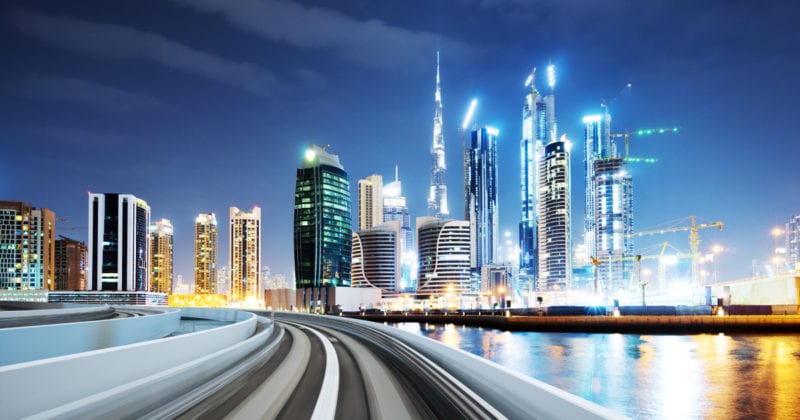
With its gleaming skyscrapers, sprawling malls and ritzy hotels, Dubai has built a reputation both as a business and tourism hub, as well as a playground for the rich and famous.
But there is another side to the glitzy Gulf city.
As war rages on in the Middle East with terrorist attacks and natural disasters on the rise, the city is caught in the middle of the migration path between Europe and Asia, making it a natural global center for humanitarian logistics.
Not only is it home to the world’s largest humanitarian hub, it has also facilitated the movement of US$32.01 billion (€27.85 billion) worth of humanitarian and developmental aid from the United Arab Emirates to various countries.
This has benefited millions of refugees and people displaced from their home country, including 10 million people in Yemen who are now facing one of the worst humanitarian disasters in recent history.
From Dubai to the world
At the heart of the city’s humanitarian logistics network is the Dubai International Humanitarian City (IHC), located in a desert southwest of its central business district.
Sitting between Al Maktoum International Airport and Jebel Ali port is a long stretch of hangars with warehouses packed with emergency relief supplies, medical kits and boxes of high-energy biscuits.
Outside, a mobile hospital vehicle sits on the tarmac, waiting to be dispatched at a few hours' notice to where the world’s next humanitarian crisis unfolds.
Aid dispatched from the IHC can reach two-thirds of the world population in just eight hours, making it a vital link in the global humanitarian relief network. Its 70 members — comprising United Nations agencies, non-governmental organizations and commercial companies — can also move shipments from sea to air within 10 minutes.
At a glance: Dubai’s role in humanitarian logistics
At a glance: Dubai’s role in humanitarian logistics
- Facilitated the movement of US$32.01 billion worth of humanitarian and developmental aid
- Home to the Dubai International Humanitarian City, the world’s largest humanitarian hub with 70 member organizations
- Dispatched aid can reach two-thirds of the world population in 8 hours
- Shipments can be moved from sea to air in as fast as 10 minutes
- In 2017, the IHC conducted 20 airlifts and 2 sea shipments dispatching 3,893 metric tons of relief items worth US$18 million
When the ISIS flag fell in Mosul in 2017, nine months of fighting had turned infrastructure to rubble, and left some 150,000 residents susceptible to diseases. It was no surprise that IHC stepped up to deliver aid to the Iraqi city, almost emptying its warehouses overnight.
The IHC has distributed aid to countries in Asia, the Middle East, the Pacific islands and the Caribbean, including Haiti, Bangladesh, Iraq, Uganda, Somalia and Nigeria. In October last year, it sent 92 metric tons of aid to the Indonesian island of Sulawesi after it was struck by a 7.5 magnitude earthquake.
Expanding capacity
Even as the bitter civil war enters the fourth year in Yemen and descends into the world’s largest humanitarian crisis, other Middle Eastern conflicts are intensifying. Dubai’s role as a humanitarian logistics hub, as a result, has only grown in importance.
The Yemen conflict itself has left 22 million people in need of humanitarian assistance and protection.
In early 2017, an expansion of IHC was approved — a move that will see the facility grow by more than 300,000 square meters. This was followed by the development of a data bank, which will allow the sharing of aid information between governments and agencies to reduce waste, and ensure that aid is delivered where it is needed most.
To give humanitarian logistics in Dubai a further boost, DHL Global Forwarding unveiled its first Global Humanitarian Logistics Competence Center (GHLCC) there in February.
The Center consolidates DHL Global Forwarding's existing humanitarian logistics services, offering non-governmental organizations, aid agencies and their suppliers and manufacturers a broad range of services, including air and ocean freight, customs clearance, consultation, warehousing, and local distribution of humanitarian shipments.
These services will also be backed by control tower and data analytics services designed to increase freight visibility for humanitarian situations of any level of urgency and complexity.
“The center pushes the city’s logistics capabilities up a notch, by facilitating collaboration with existing aid and humanitarian organizations, and the IHC,” said center head Fatima Ait Bendawad. “It will act like a control tower.”
Above all, the knowledge and expertise of the team will make a difference, said the humanitarian operations veteran with 15 years’ of experience under her belt.
As part of the company’s GoHelp disaster management program, trained volunteers within the company are regularly deployed to render on-the-ground logistics support in natural disaster zones. It also holds joint workshops with the UN Development Program (UNDP) to prepare local airport management for the logistical issues associated with natural disaster situations.
“Our work on the frontline has helped us build and maintain familiarity with the nuances of compliance, regulation and international standards that apply to movements of critical goods,” she said.
“It will, without doubt, help us to put forth bigger and better solutions to help those in need.”
MORE FROM THIS COLLECTION

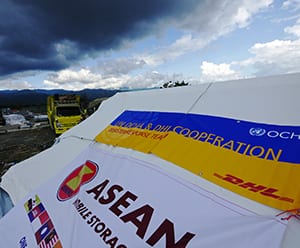
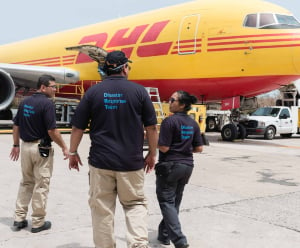
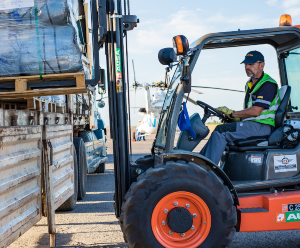
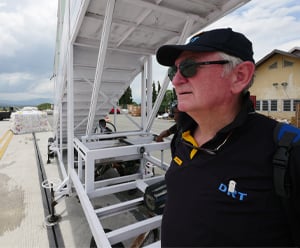


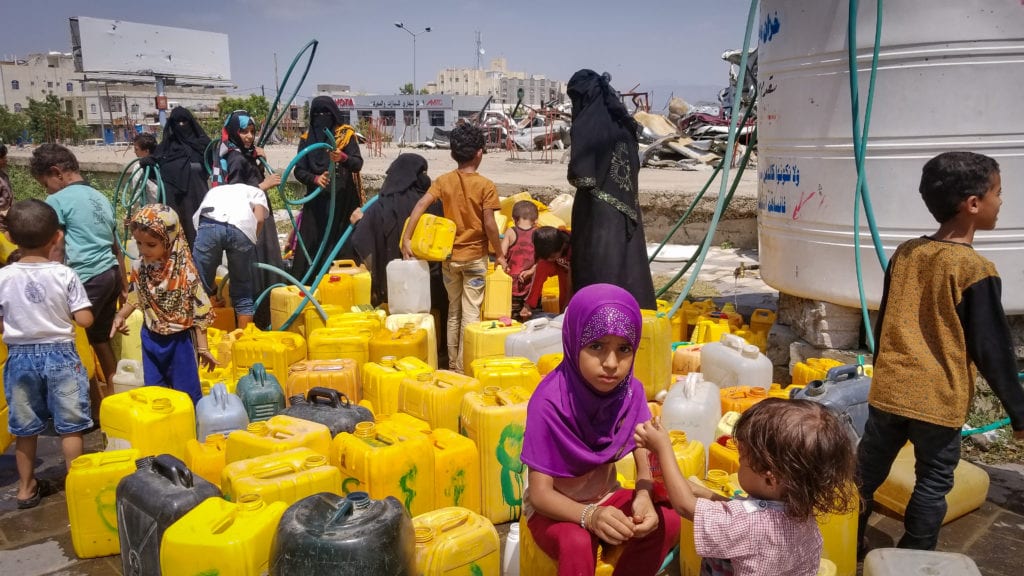
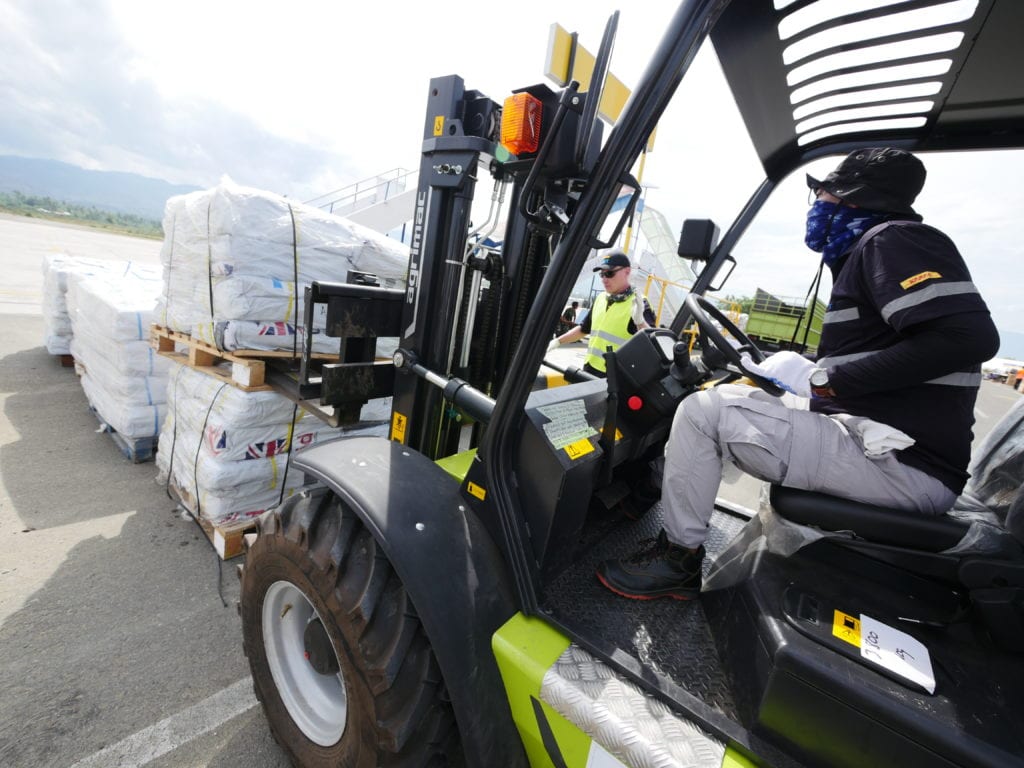




 English
English